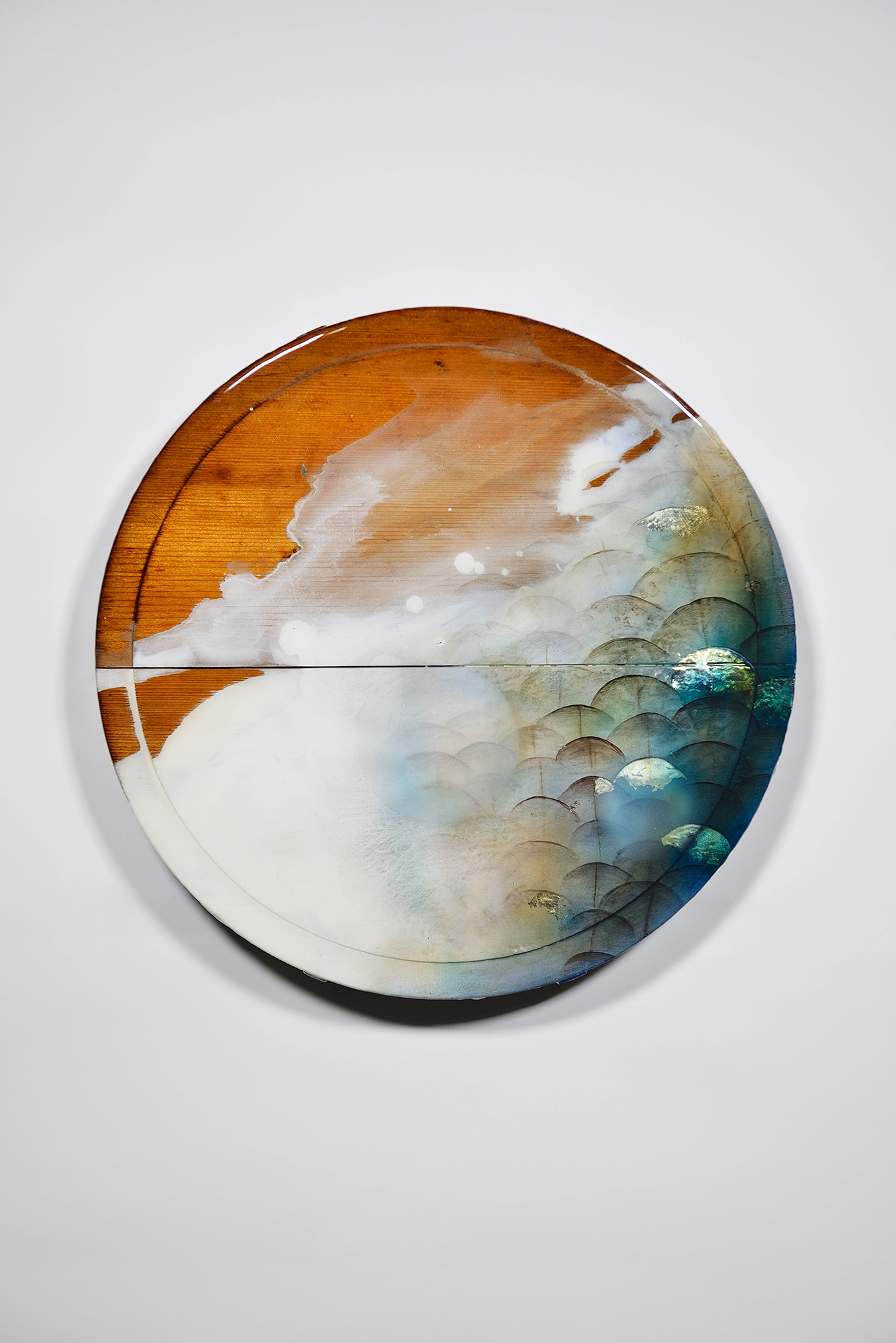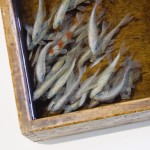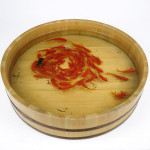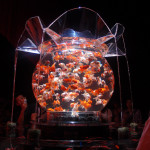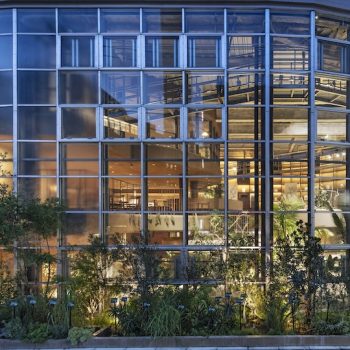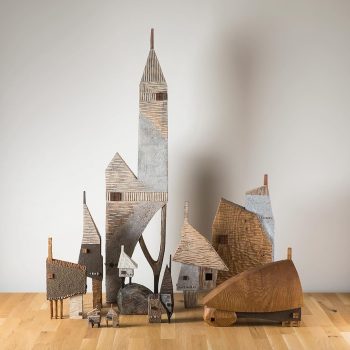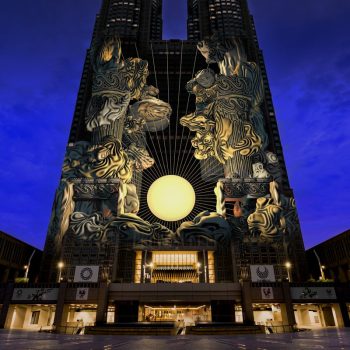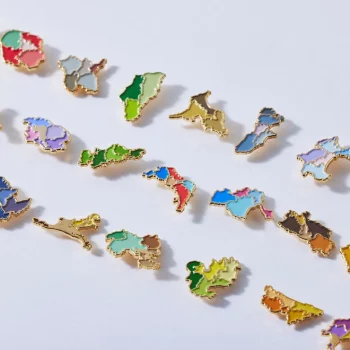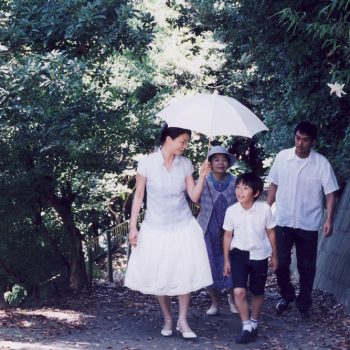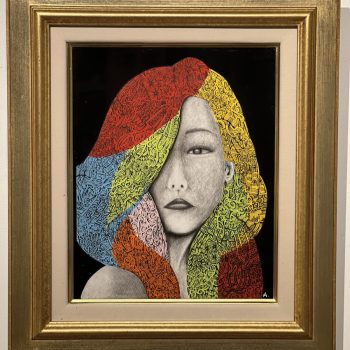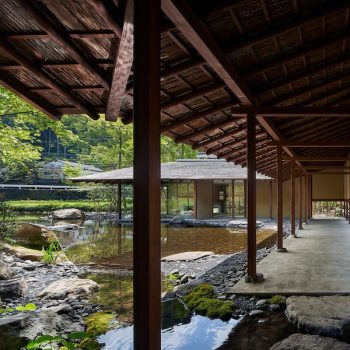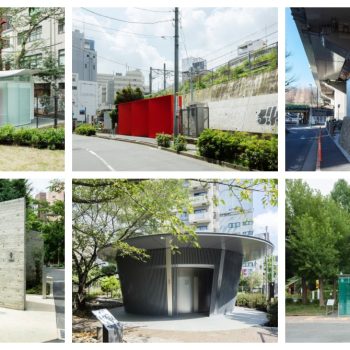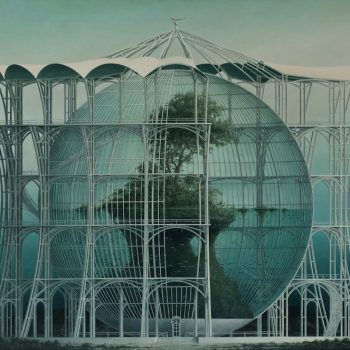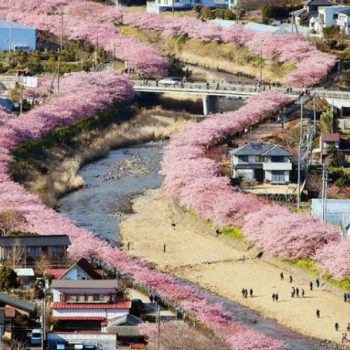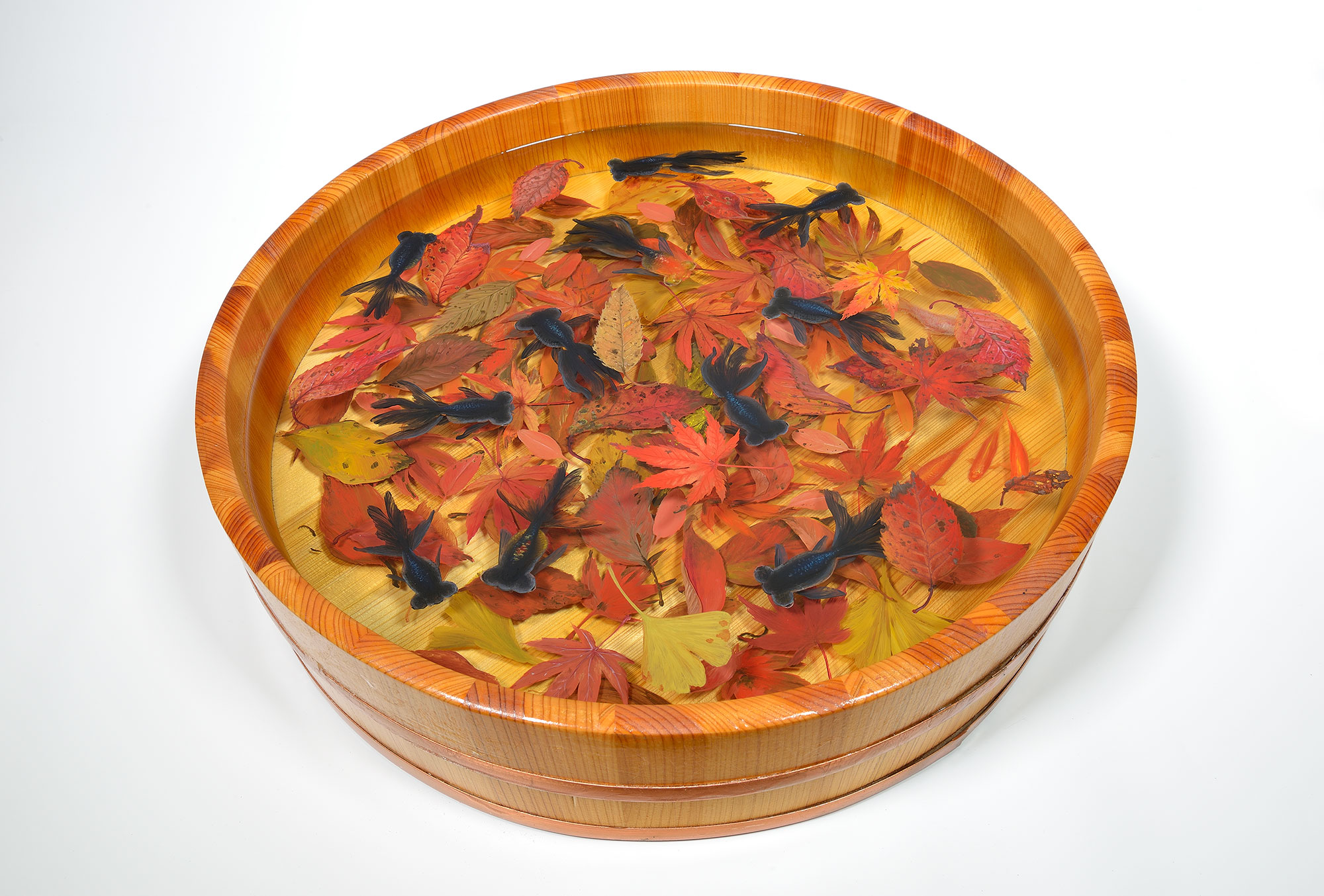
“Akishiki” (2020) by Riusuke Fukahori | all images courtesy the artist
Artist Riusuke Fukahori has devoted his career to painting goldfish. His “2.5D paintings,” as they’re called, come to life through a meticulous and repetitive process of applying layers and layers of paint, each sandwiched between thin layers of resin, until the lifelike goldfish are complete and appear to rise up from whatever canvas he has chosen. A new exhibition in Tokyo reflects on the artist’s body of work and the deeper meaning behind the goldfish.
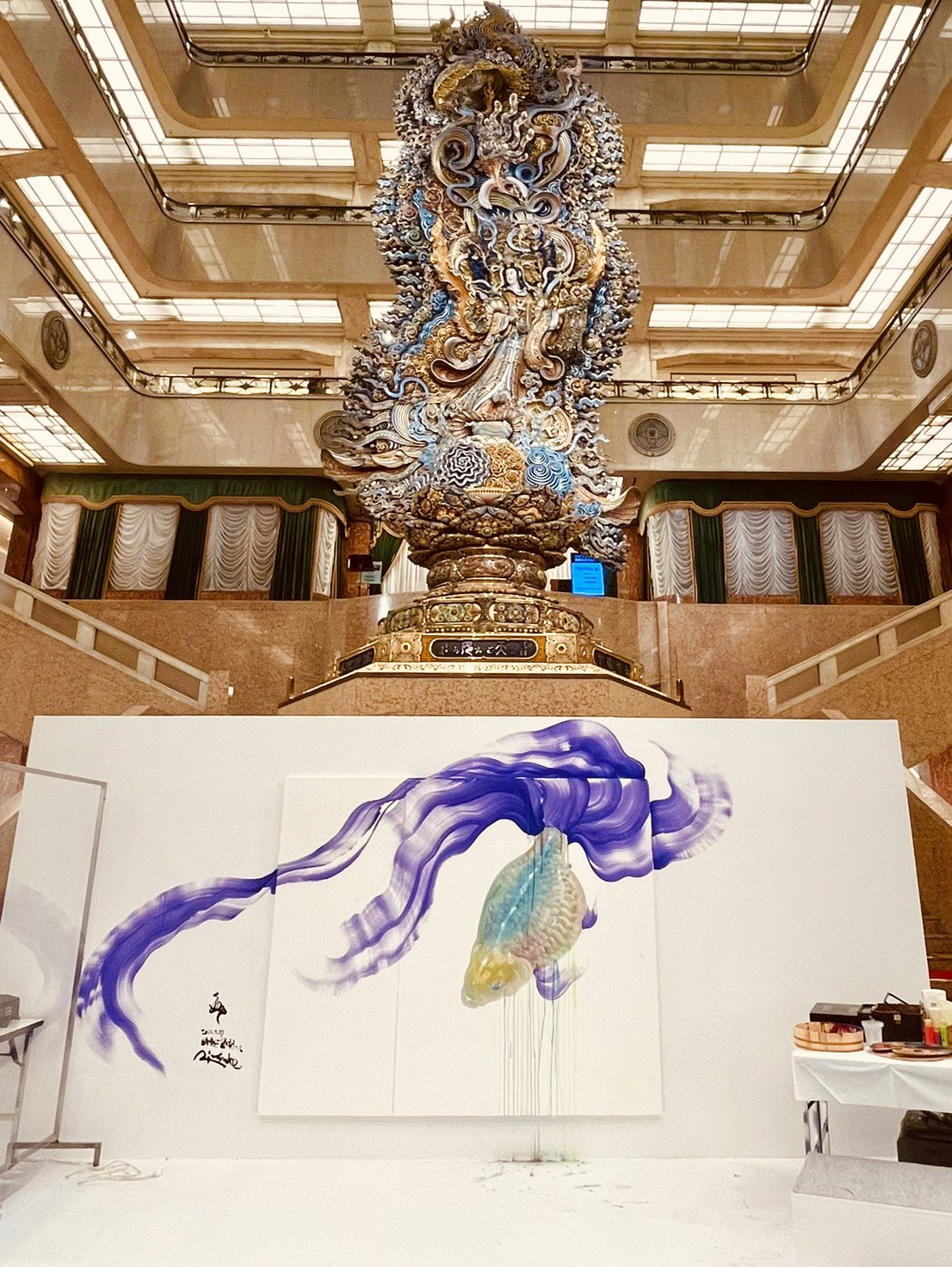
a live painting that the artist created on the day of the exhibition opening. it will stay up through the duration of the exhibit (the statue in the background is not part of the show but is a permanent artwork by renowned craftsmen Gengen Sato)
Now through August 8, 2022, Riusuke Fukahori is presenting a solo exhibition of work at Tokyo’s Mitsukoshi department store in Nihonbashi. In the 7th floor gallery, his signature 2.5D paintings are on display, along with several other derivative styles such as his kingyo-sake series of individual goldfish painted inside traditional wooden masu cups meant for drinking sake, ultra narrow tanzaku paintings, as well as a more abstract series of paintings inspired by the colors and texture of goldfish scales.
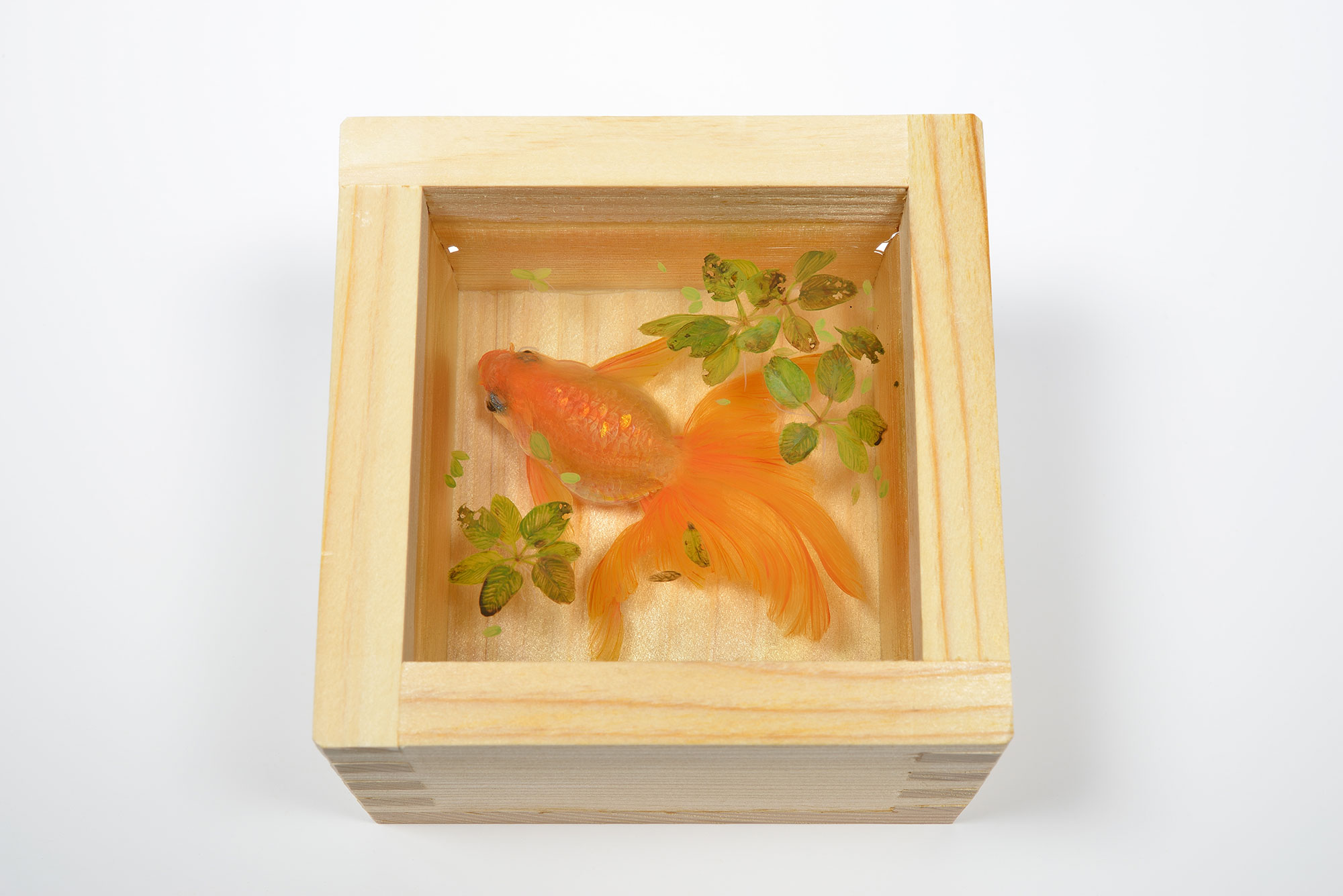
the kingo-sake series of goldfish painted in masu cups
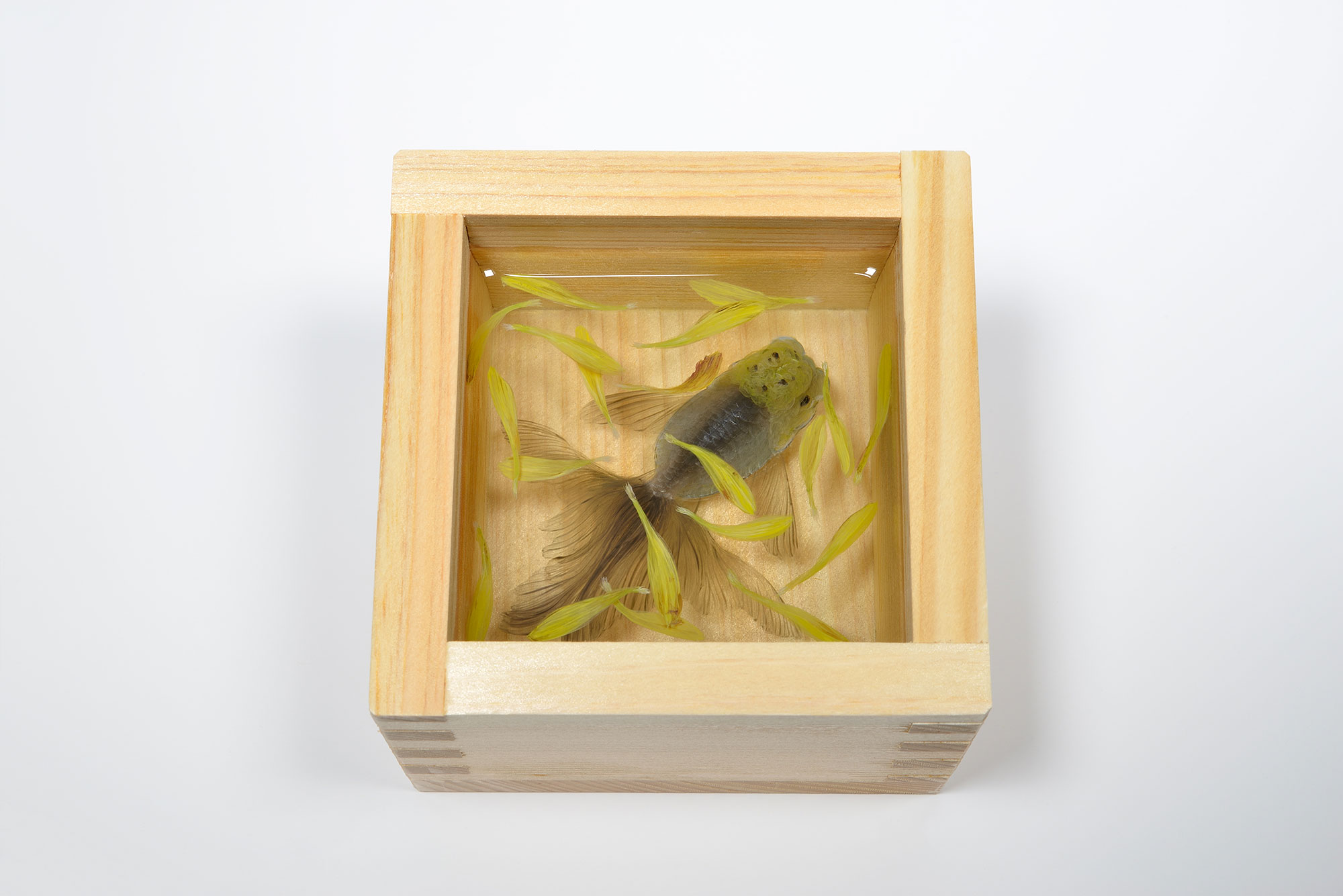
The goldfish holds a very special place in the heart of any child who’s ever been to a matsuri (street festival) in Japan. Kingyo-sukui is the game of “goldfish scooping” and is a staple of any summer street festival, along with the masks, water balloon yo-yos, fireworks and yummy food.
But for Fukahori, the goldfish was not just a relic of long-lost childhood. As he painfully lay in his room one night, struggling and suffering, about to give up on his art, he looked over and saw a goldfish. His neglected fish of 7 years sputtered about in a cesspool of mold and feces – a common fate endured by most festival souvenirs.
Fukahori felt a shiver run down his spine. What he suddenly saw was a beautiful animal, glowing in bright red, living and surviving. The artist pulled out his paint and set to work, immediately triggering some sort of chemical reaction in his brain. Fukahori had looked far and wide – in Europe, the U.S. and Japan – for his muse. But in an instantaneous form of enlightenment he knew that all along it was right there in his room, inside that dirty fish tank. The goldfish, writes Fukahori, was my salvation.
And of course, as with many Japanese things, there’s a pun to go along with it. Kingyo-sukui (金魚すくい), the festivities of goldfish scooping, can also be read 金魚救い- goldfish salvation, a name that Fukahori often gives to his work.
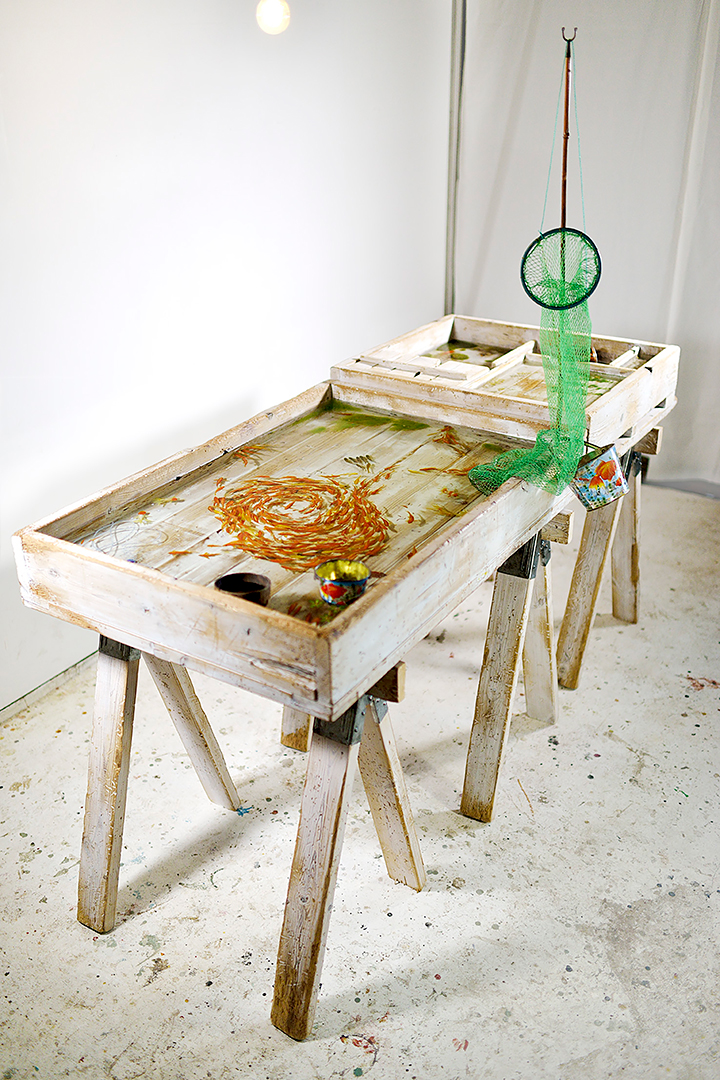
in this sculptural work from 2015, Fukahori recreates an old goldfish scooping table and paints directly inside it
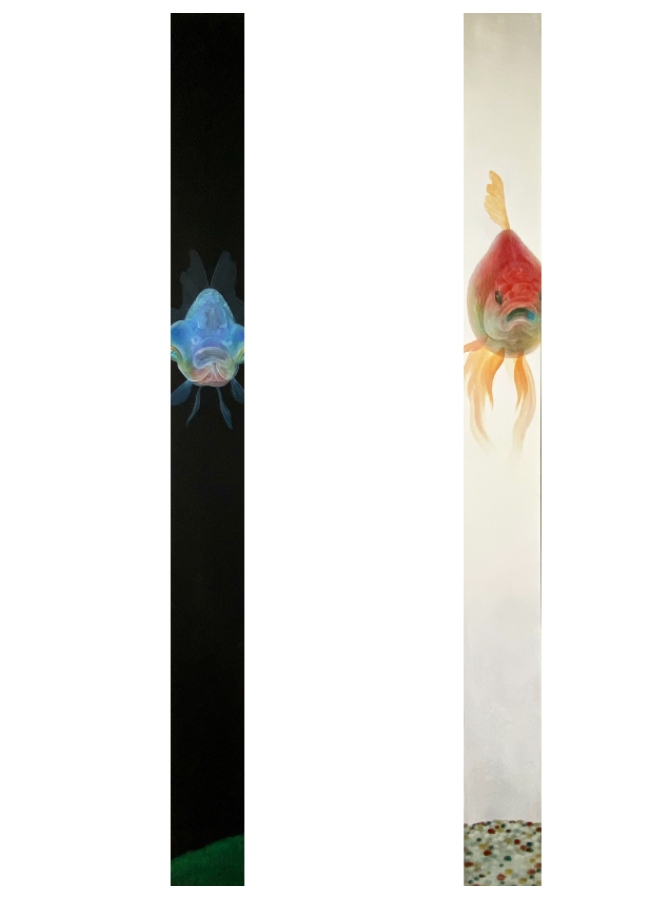
the ultra-narrow tanzaku series of goldfish
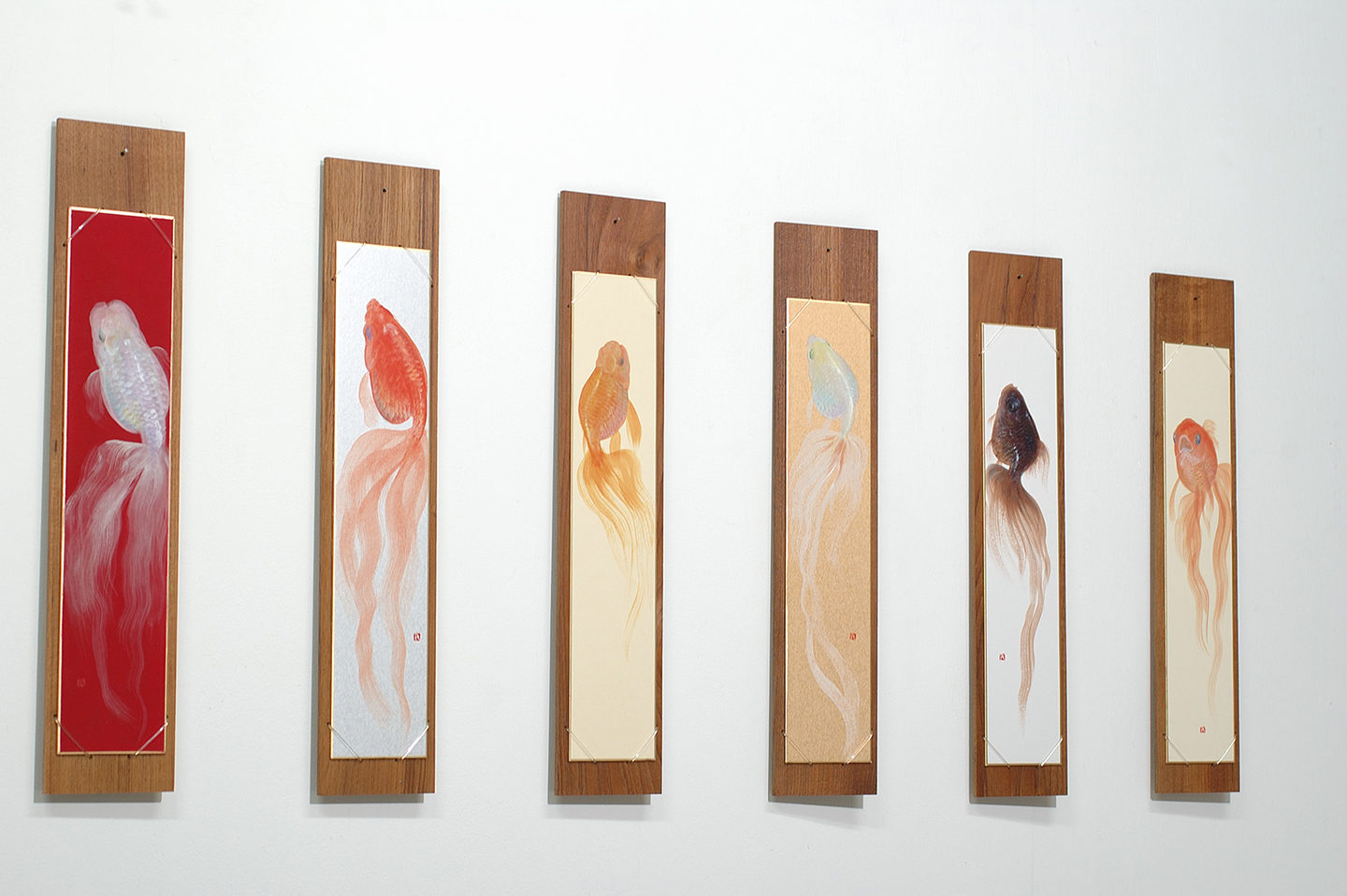
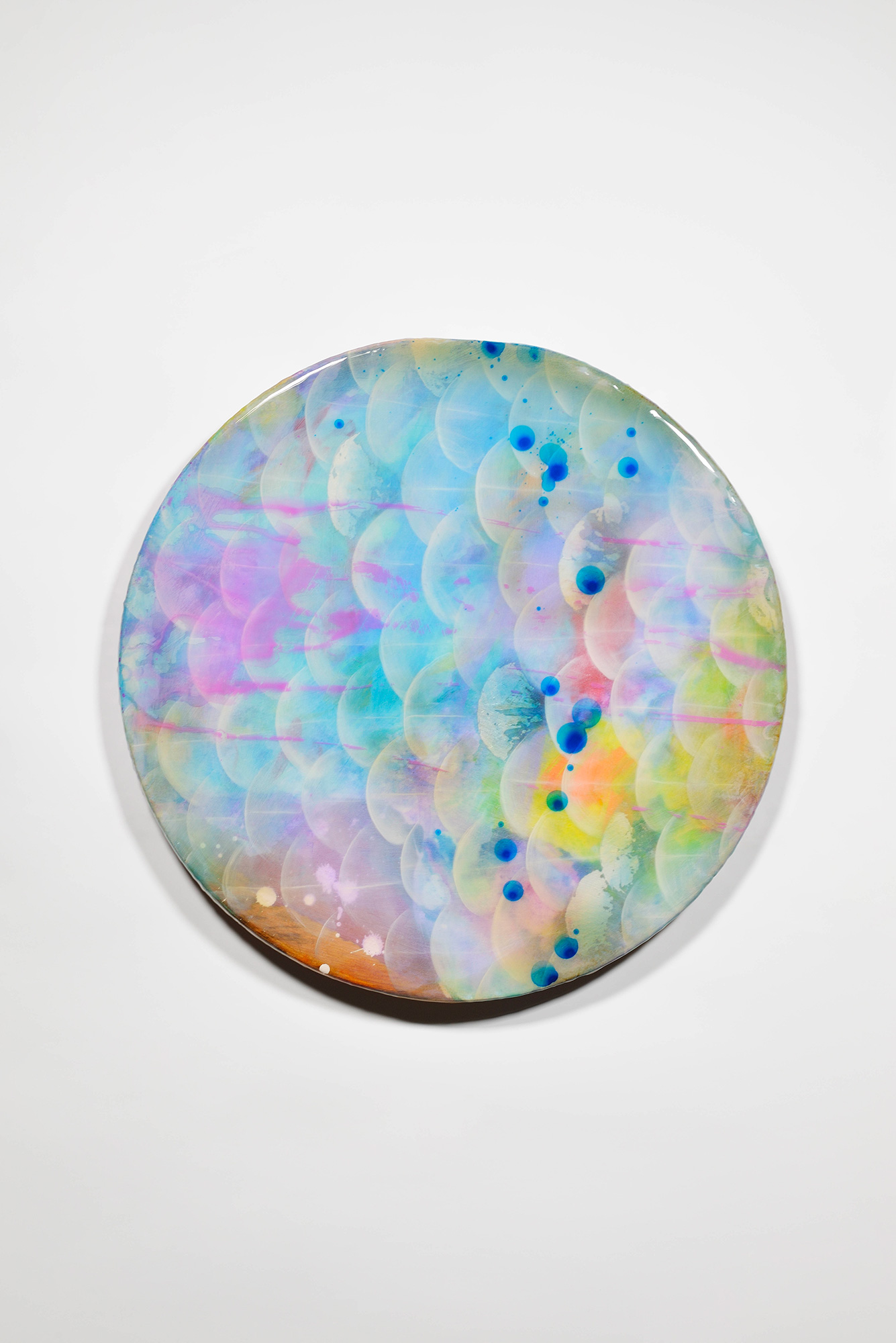
the more abstract series of colorful paintings inspired by the scales of goldfish
